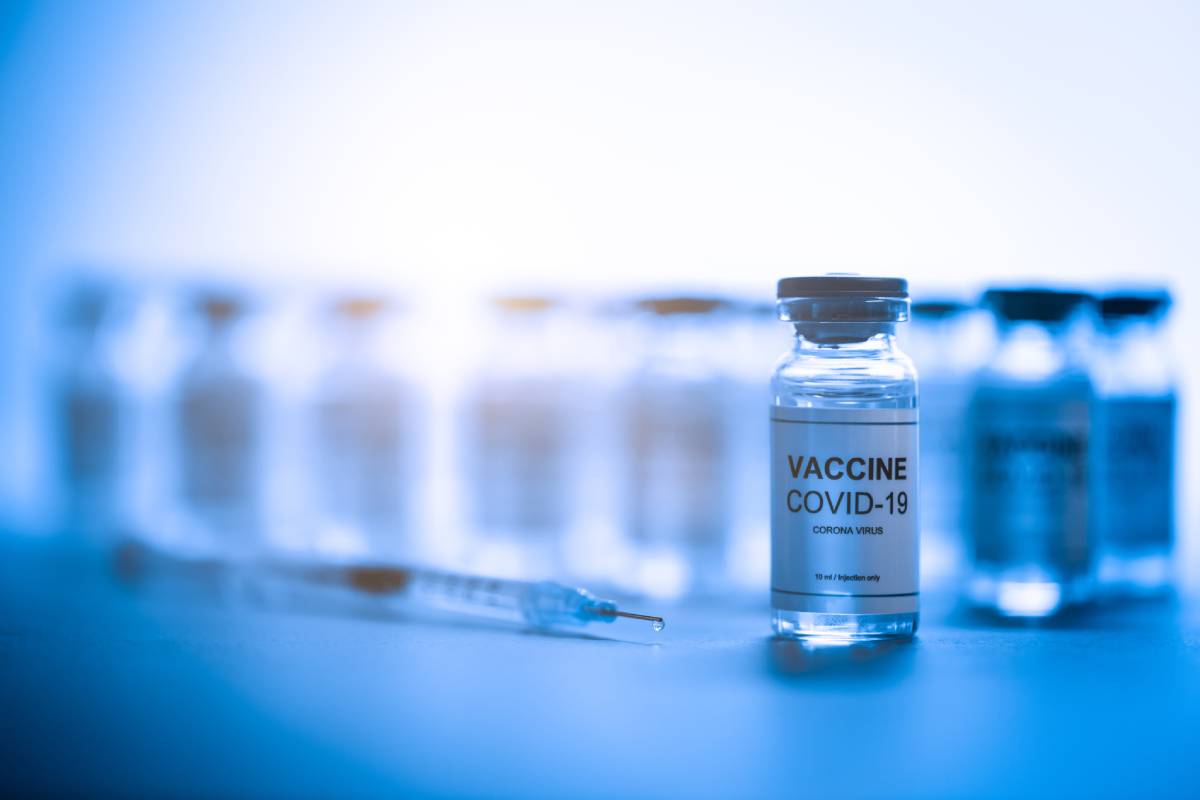Efficacy of Inactivated COVID-19 Vaccines

With more than 200 million global cases documented, the COVID-19 pandemic has posed a significant challenge to public health systems worldwide [1, 2]. Despite various social distancing and quarantine mandates, healthcare professionals believe that the development of effective and widely distributed vaccines is necessary to put an end to the pandemic [2]. Owing to the global demand for more vaccines, several inactivated COVID-19 vaccines are currently in development [2]. In the past, purified inactivated viruses have created effective vaccines for diseases such as influenza, polio, and hepatitis A [2]. Given that this technique of vaccine production is well-established, inactivated COVID-19 vaccines may prove to be an effective additional tool for slowing the global rate of infection.
Various vaccines are in development, such as one developed using a viral strain found in a COVID-19 patient’s bronchoalveolar lavage fluid (BALF) sample [3]. Animal trials are crucial in determining whether inactivated vaccines provide sufficient immunogenicity, protective efficacy, and safety so that they can be tested on humans [3]. Before this particular trial, the same vaccine had already passed phase I and II clinical trials in China, confirming that it provides immunogenicity and is safe [3]. To further test its efficacy, researchers analyzed viral particle samples taken from both rhesus macaque and HFH4-hACE2 mice [3]. They found that this vaccine successfully induced immune responses against SARS-CoV-2 viral proteins, but, owing to a weak initial immune response, would require multiple shots for full protection against infection [3].
Similar to the aforementioned vaccine, another inactivated formula, BBV152, has also been tested in mice, rat, and rabbit models [2]. More recently, the vaccine has also been administered to Syrian hamsters and rhesus macaques [2, 4]. The Syrian hamsters were given three different forms of BBV152 (A, B, and C) in three doses [4]. Both BBV152A and BBV152B resulted in rapid immune responses to SARS-CoV-2 infection [4]. The virus was quickly cleared from the animals’ respiratory tracts and diminished viral load was observed, among other promising signs [4]. When BBV152 vaccines were tested on rhesus macaques, researchers also noted viral clearance, as well as no symptoms indicating pneumonia, in the vaccinated group [2]. Due to these favorable results, BBV152 is in phase III clinical trials in India [2].
The CoronaVac vaccine is further along than either IAV or BBV152, with millions of people having already received their second dose [5]. Regardless, it is important to monitor the efficacy of this vaccine to ensure that it provides sufficient protection against SARS-CoV-2 infection. Fortunately, numerous trials have confirmed that the CoronaVac inactivated vaccine is effective [5, 6]. A study based in Chile used observational data to estimate how well the vaccine prevents infection [5]. According to the study, prevention was successful in only 15.5% of cases after the first dose, but it rose dramatically to 65.9% following the second dose [5]. Similarly, a trial conducted by Tanriover et al. observing more than 10,214 patients found that CoronaVac was highly tolerable, safe, and effective in countering SARS-CoV-2 infection [6].
All in all, these are just some of the many inactivated COVID-19 vaccines currently in development. Others include the WIV04 and HB02 vaccines, which also appear to reduce the likelihood of infection and adverse risks in human beings [7].
References
[1] M. Santora and I. Kwai, “World’s Coronavirus Infection Total Passes Staggering Figure: 200 Million,” The New York Times, Updated August 4, 2021. [Online]. Available: https://www.nytimes.com/2021/08/04/world/europe/covid-global-cases-200-million.html.
[2] P. D. Yadav et al., “Immunogenicity and protective efficacy of inactivated SARS-CoV-2 vaccine candidate, BBV152 in rhesus macaques,” Nature Communications, vol. 12, no. 1386, p. 1-11, March 2021. [Online]. Available: https://doi.org/10.1038/s41467-021-21639-w.
[3] Y.-F. Yao et al., “Protective Efficacy of Inactivated Vaccine against SARS-CoV-2 Infection in Mice and Non-Human Primates,” Virologica Sinica, p. 1-11, April 2021. [Online]. Available: https://doi.org/10.1007/s12250-021-00376-w.pdf.
[4] S. Mohandas et al., “Immunogenicity and protective efficacy of BBV152, whole virion inactivated SARS- CoV-2 vaccine candidates in the Syrian hamster model,” iScience, vol. 24, no. 2, p. 1-27, February 2021. [Online]. Available: https://doi.org/10.1016/j.isci.2021.102054.
[5] A. Jara et al., “Effectiveness of an Inactivated SARS-CoV-2 Vaccine in Chile,” The New England Journal of Medicine, p. 1-11, July 2021. [Online]. Available: https://doi.org/10.1056/NEJMoa2107715.
[6] M. D. Tanriover et al., “Efficacy and safety of an inactivated whole-virion SARS-CoV-2 vaccine (CoronaVac): interim results of a double-blind, randomised, placebo-controlled, phase 3 trial in Turkey,” The Lancet, vol. 398, no. 10296, p. 213-222, July 2021. [Online]. Available: https://doi.org/10.1016/S0140-6736(21)01429-X.
[7] N. A. Kaabi et al., “Effect of 2 Inactivated SARS-CoV-2 Vaccines on Symptomatic COVID-19 Infection in Adults,” JAMA, vol. 326, no. 1, p. 35-45, May 2021. [Online]. Available: https://doi.org/10.1001/jama.2021.8565.
